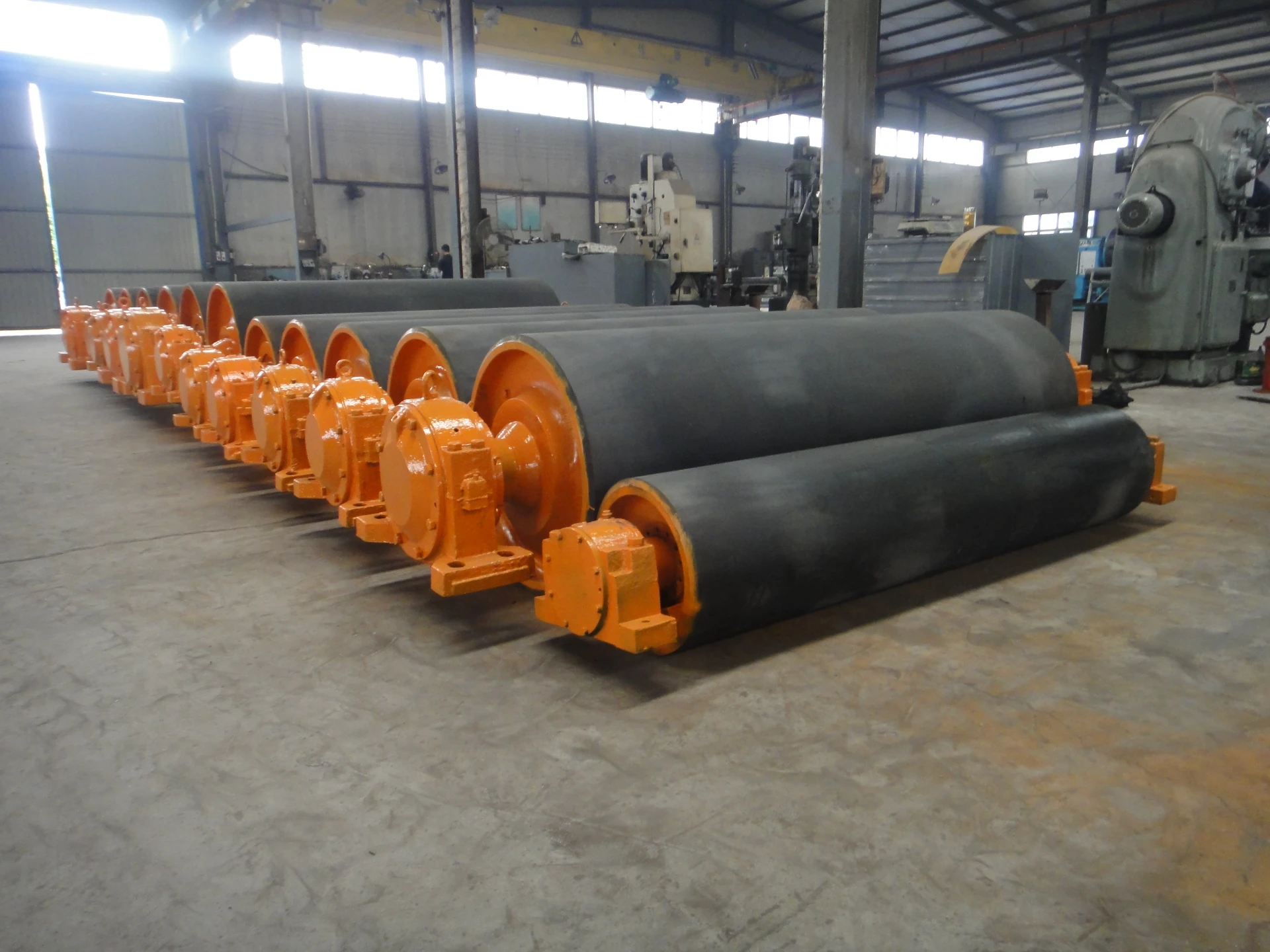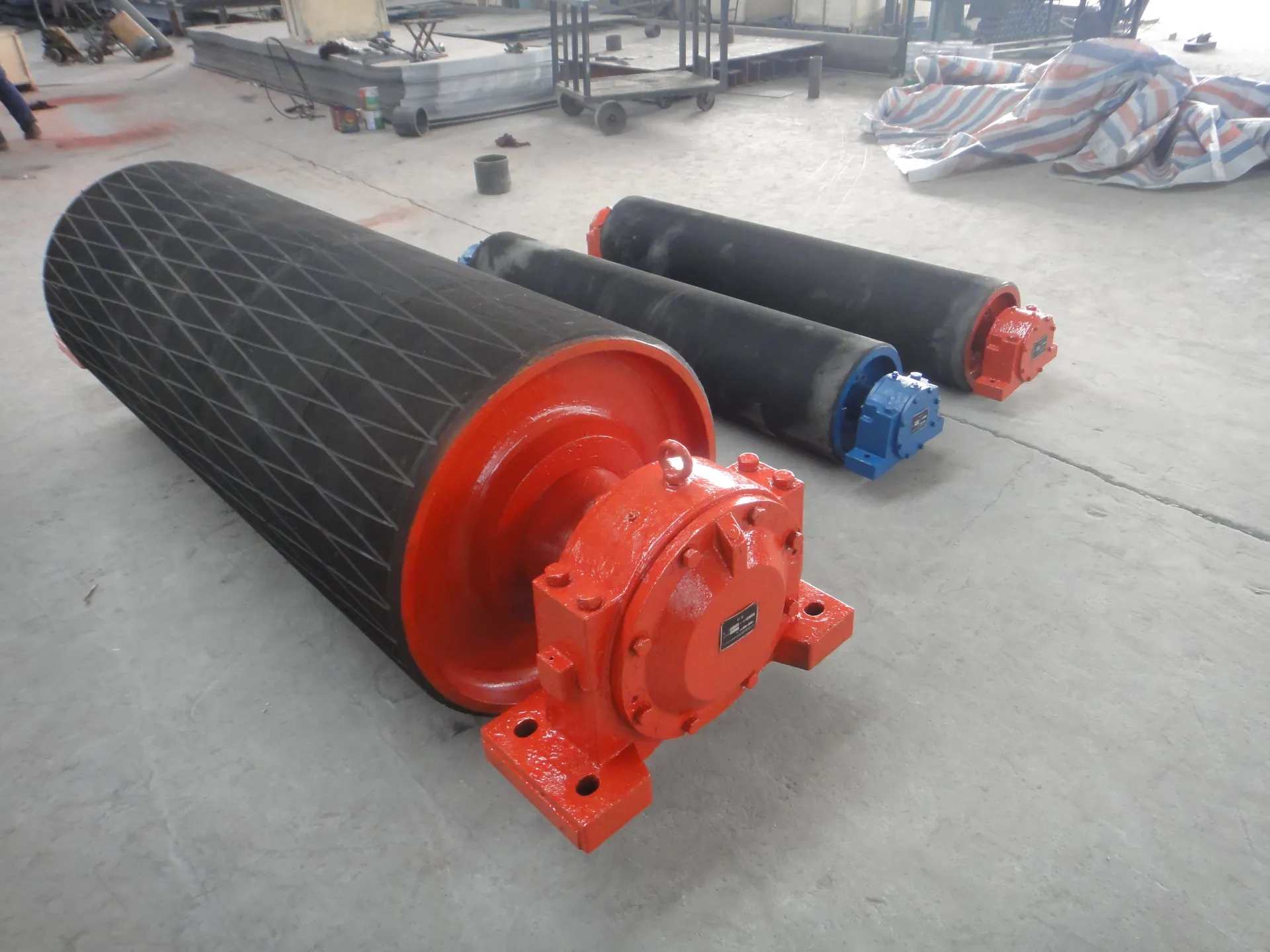 Afrikaans
Afrikaans  Albanian
Albanian  Amharic
Amharic  Arabic
Arabic  Armenian
Armenian  Azerbaijani
Azerbaijani  Basque
Basque  Belarusian
Belarusian  Bengali
Bengali  Bosnian
Bosnian  Bulgarian
Bulgarian  Catalan
Catalan  Cebuano
Cebuano  Corsican
Corsican  Croatian
Croatian  Czech
Czech  Danish
Danish  Dutch
Dutch  English
English  Esperanto
Esperanto  Estonian
Estonian  Finnish
Finnish  French
French  Frisian
Frisian  Galician
Galician  Georgian
Georgian  German
German  Greek
Greek  Gujarati
Gujarati  Haitian Creole
Haitian Creole  hausa
hausa  hawaiian
hawaiian  Hebrew
Hebrew  Hindi
Hindi  Miao
Miao  Hungarian
Hungarian  Icelandic
Icelandic  igbo
igbo  Indonesian
Indonesian  irish
irish  Italian
Italian  Japanese
Japanese  Javanese
Javanese  Kannada
Kannada  kazakh
kazakh  Khmer
Khmer  Rwandese
Rwandese  Korean
Korean  Kurdish
Kurdish  Kyrgyz
Kyrgyz  Lao
Lao  Latin
Latin  Latvian
Latvian  Lithuanian
Lithuanian  Luxembourgish
Luxembourgish  Macedonian
Macedonian  Malgashi
Malgashi  Malay
Malay  Malayalam
Malayalam  Maltese
Maltese  Maori
Maori  Marathi
Marathi  Mongolian
Mongolian  Myanmar
Myanmar  Nepali
Nepali  Norwegian
Norwegian  Norwegian
Norwegian  Occitan
Occitan  Pashto
Pashto  Persian
Persian  Polish
Polish  Portuguese
Portuguese  Punjabi
Punjabi  Romanian
Romanian  Russian
Russian  Samoan
Samoan  Scottish Gaelic
Scottish Gaelic  Serbian
Serbian  Sesotho
Sesotho  Shona
Shona  Sindhi
Sindhi  Sinhala
Sinhala  Slovak
Slovak  Slovenian
Slovenian  Somali
Somali  Spanish
Spanish  Sundanese
Sundanese  Swahili
Swahili  Swedish
Swedish  Tagalog
Tagalog  Tajik
Tajik  Tamil
Tamil  Tatar
Tatar  Telugu
Telugu  Thai
Thai  Turkish
Turkish  Turkmen
Turkmen  Ukrainian
Ukrainian  Urdu
Urdu  Uighur
Uighur  Uzbek
Uzbek  Vietnamese
Vietnamese  Welsh
Welsh  Bantu
Bantu  Yiddish
Yiddish  Yoruba
Yoruba  Zulu
Zulu Feb . 19, 2025 02:45
Back to list
rubber lagging pulley
Rubber lagging pulleys are pivotal in the machinery and industrial sectors, serving as essential components in conveyor systems and other machinery applications. These pulleys are engineered with a layer of rubber on the surface to maximize the grip and improve friction between the belt and the pulley, ensuring the seamless operation of conveyor systems. Understanding the intricate details of rubber lagging pulleys not only aids in selecting the right product but also enhances operational efficiency and system longevity.
Expertise in understanding and deploying the right type of rubber lagging pulley lies at the heart of optimizing industrial workflows. It demands a careful evaluation of the working environment, material conveyed, belt type, and expected load. For instance, a heavy-duty mining operation would require a different rubber specification compared to a food processing facility, where cleanliness and non-toxicity are paramount. Such an assessment ensures that the pulley system meets specific operational demands while adhering to safety and environmental standards. Rubber lagging pulleys contribute to the broader environmental objectives by facilitating efficient resource management. By reducing energy consumption and prolonging equipment life, they help industries lower their carbon footprint. Advanced rubber technologies continue to evolve, offering eco-friendly and sustainable options that do not compromise on performance. Notably, the authoritative presence of rubber lagging pulley experts is indispensable for industry conferences and knowledge-sharing platforms. Sharing case studies and real-world evidence of pulley performance allows stakeholders to make informed decisions, cultivating a community of trust and mutual growth. Industry leaders and manufacturers often engage in collaborative ventures to gather field data, validating best practices and disseminating expertise across the board. In essence, rubber lagging pulleys are more than just components; they are integral to the operational excellence of various industries. Their potential to improve safety, efficiency, and sustainability while minimizing costs speaks to the ever-evolving nature of industrial technology. For stakeholders seeking to refine conveyor operations, understanding the versatile applications and benefits of rubber lagging pulleys is a step toward future-proofing their endeavors.


Expertise in understanding and deploying the right type of rubber lagging pulley lies at the heart of optimizing industrial workflows. It demands a careful evaluation of the working environment, material conveyed, belt type, and expected load. For instance, a heavy-duty mining operation would require a different rubber specification compared to a food processing facility, where cleanliness and non-toxicity are paramount. Such an assessment ensures that the pulley system meets specific operational demands while adhering to safety and environmental standards. Rubber lagging pulleys contribute to the broader environmental objectives by facilitating efficient resource management. By reducing energy consumption and prolonging equipment life, they help industries lower their carbon footprint. Advanced rubber technologies continue to evolve, offering eco-friendly and sustainable options that do not compromise on performance. Notably, the authoritative presence of rubber lagging pulley experts is indispensable for industry conferences and knowledge-sharing platforms. Sharing case studies and real-world evidence of pulley performance allows stakeholders to make informed decisions, cultivating a community of trust and mutual growth. Industry leaders and manufacturers often engage in collaborative ventures to gather field data, validating best practices and disseminating expertise across the board. In essence, rubber lagging pulleys are more than just components; they are integral to the operational excellence of various industries. Their potential to improve safety, efficiency, and sustainability while minimizing costs speaks to the ever-evolving nature of industrial technology. For stakeholders seeking to refine conveyor operations, understanding the versatile applications and benefits of rubber lagging pulleys is a step toward future-proofing their endeavors.
Next:
Latest news
-
Revolutionizing Conveyor Reliability with Advanced Rubber Lagging PulleysNewsJul.22,2025
-
Powering Precision and Durability with Expert Manufacturers of Conveyor ComponentsNewsJul.22,2025
-
Optimizing Conveyor Systems with Advanced Conveyor AccessoriesNewsJul.22,2025
-
Maximize Conveyor Efficiency with Quality Conveyor Idler PulleysNewsJul.22,2025
-
Future-Proof Your Conveyor System with High-Performance Polyurethane RollerNewsJul.22,2025
-
Driving Efficiency Forward with Quality Idlers and RollersNewsJul.22,2025
OUR PRODUCTS





























